Gary Numan's career in gear: "Honest to God, you could buy that and not need anything else"
Electronic rock icon on his top 10 gear synths, software and more from the last 40+ years
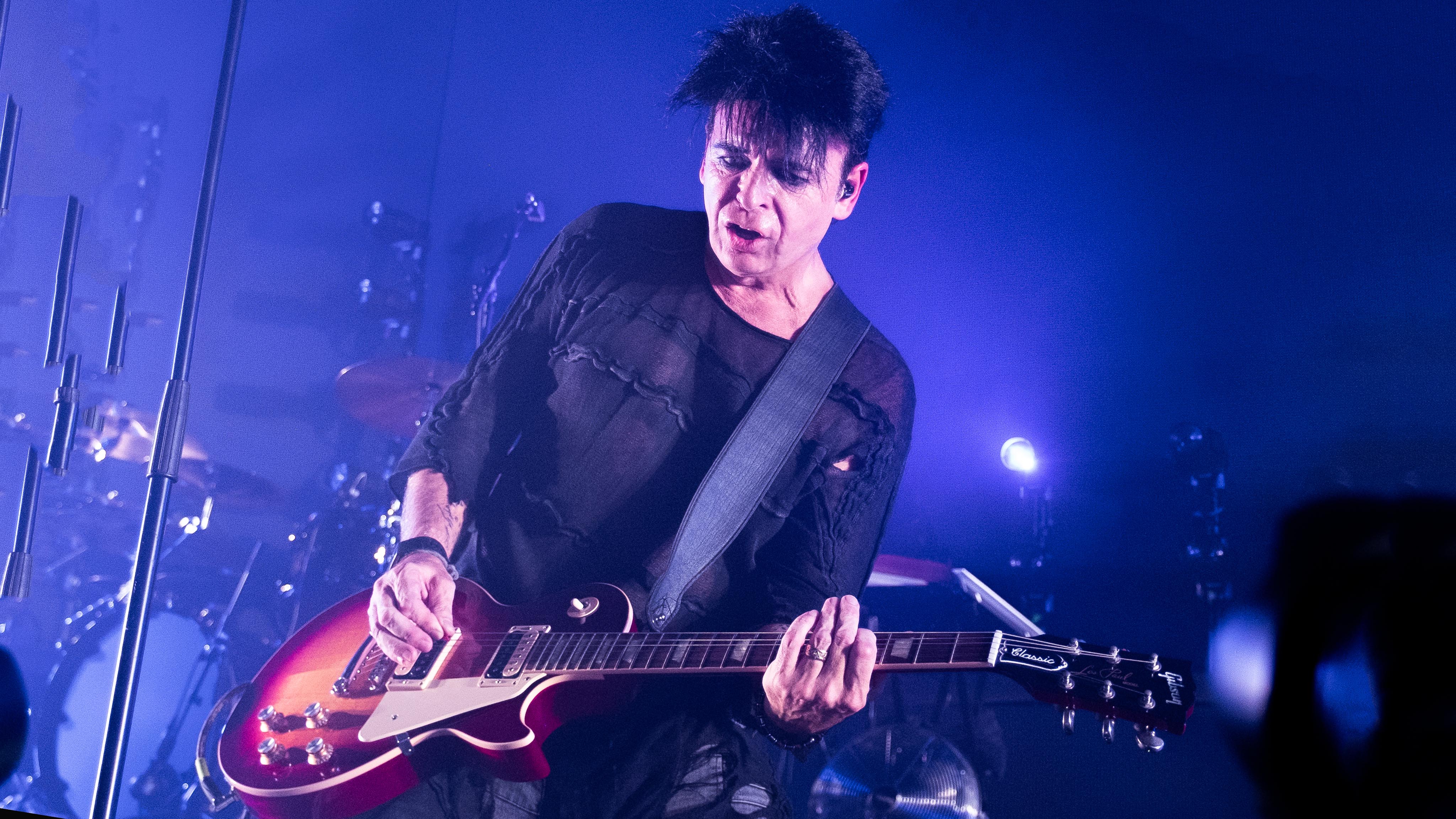
Gary Numan’s huge early success opened the doors for electronic music to enter the pop mainstream and drew public attention to new forms of music technology that had previously been hidden from view or were too expensive to attain.

Gary Numan producer Ade Fenton: "I’m a massive gear whore with a gazillion plugins"
From the famous old-school synths that we’ve all come to love to the birth of drum machines, samplers and the huge breadth of possibilities that digital recording has enabled, Numan has tried and tested a labyrinth of machinery and played a key role in electronic music’s evolution.
Now, after what he himself has called his wilderness years, he's back in the big time, racking up a series of top 3 albums – Splinter (Songs From A Broken Mind), Savage (Songs From A Broken World) and his most recent release, Intruder.
It was around the release of Savage that we caught up with Numan, and asked him to talk us through the gear that's defined his unique sound.
1. Gibson Les Paul
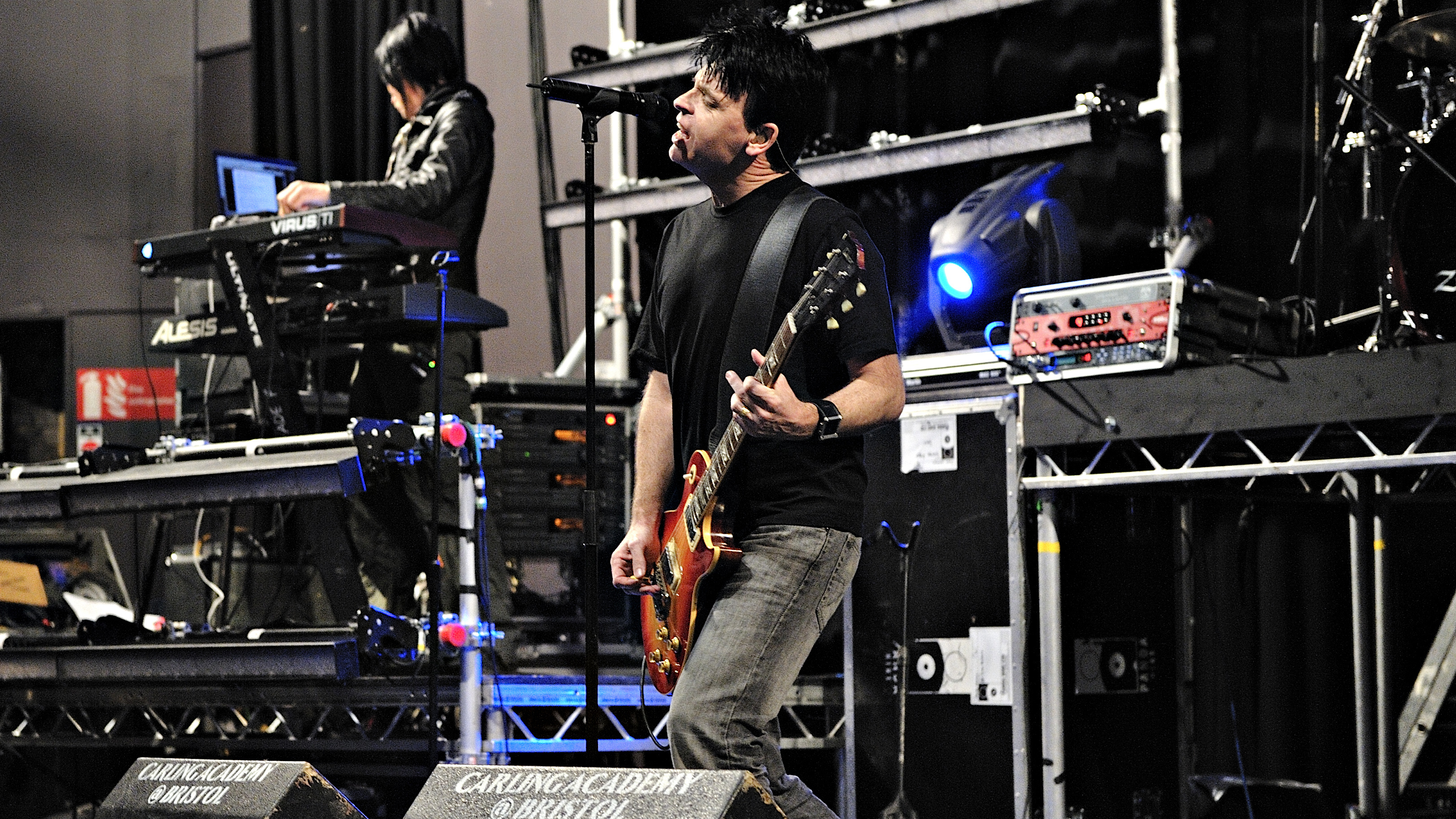
“I had a 1964 Goldtop Les Paul, which was an awesome bit of kit. It was the best present ever, but I came home from work one day and we’d got burgled.
“The police traced it to a second-hand shop in Colliers Wood, but the man who took it in thought it was dodgy and still sold it on – wanker. Because I was so broken-hearted, my dad got me the Gibson Les Paul and I’ve kept it ever since.
2. Upright pub piano
“Having discovered synthesizers in 1978, I needed a keyboard, so my mum and dad bought this old upright pub piano that was very slightly detuned.
Want all the hottest music and gear news, reviews, deals, features and more, direct to your inbox? Sign up here.
“I wrote most of the early electronic stuff on that for two or three years. I had a little portable cassette player and at some point I bought a metronome, so I had a tempo guide, and would just play the piano into the recorder.
I don’t know what happened to that piano, but f••k me, I wish I had it now.
“We were still renting a Minimoog and a Polymoog at the time, because the money hadn’t filtered down to me yet. I don’t know what happened to that piano, but fuck me, I wish I had it now, that would have been worth something.”
3. Minimoog
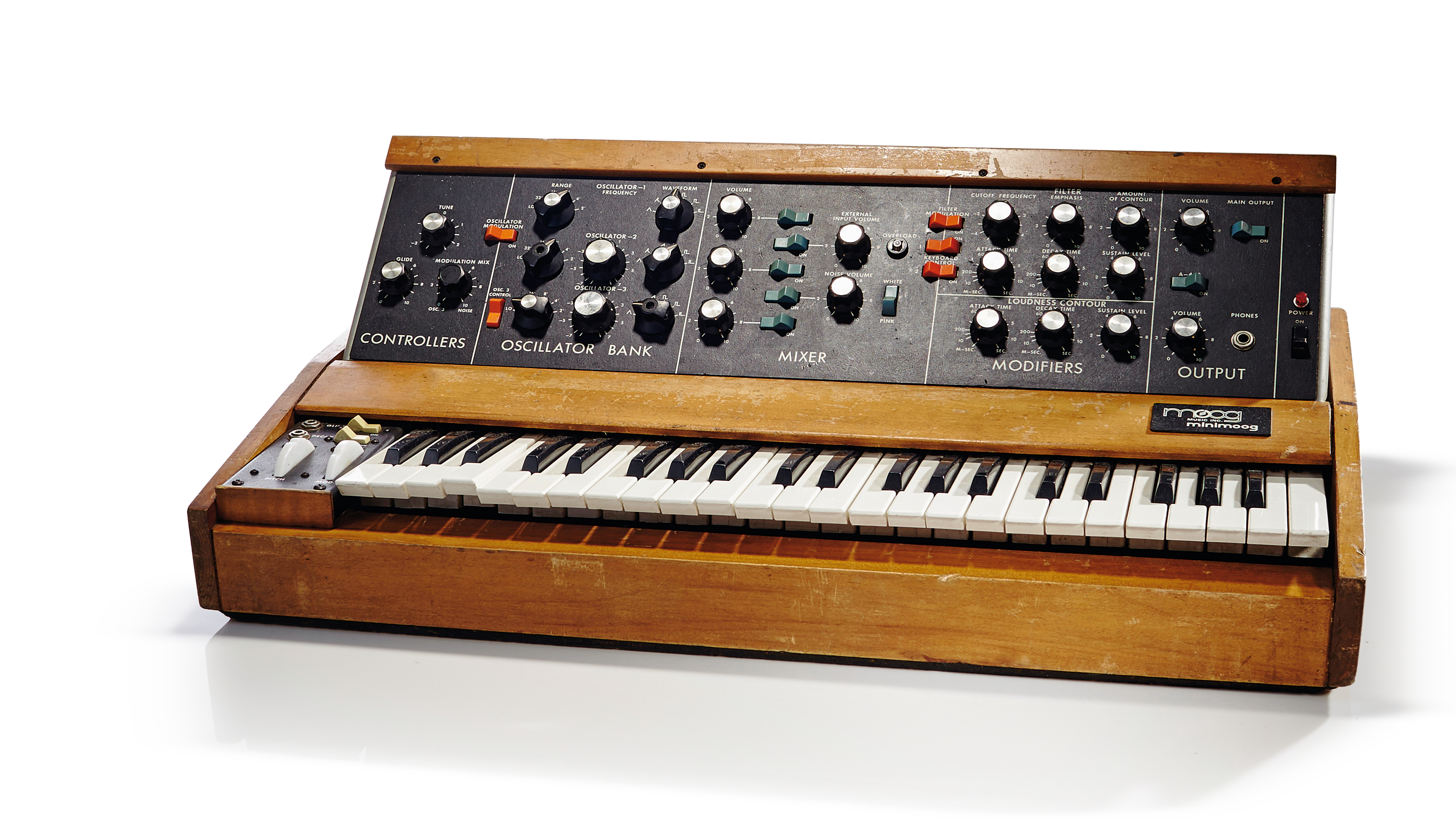
“I found a Minimoog at Spaceward in Cambridge. A man called Mike Kemp used to be the studio manager and loads of bands went there because it was a really good rate. I felt comfortable there and liked him, and when I tried the Moog it produced that amazing low-end sound that it’s really good at.
“Then I remember going out shopping with Martin Mills at Beggars Banquet looking for other keyboards; that’s when we found the Polymoog.
The Minimoog is arguably the most important synth ever.
“The ARP Odyssey was also phenomenal; I veered more towards that than the Minimoog, but I’m a fan of Moog and think they’re a great company. Actually, I’m a fan of all the hardware companies, but I switched everything over to software some time ago.
“The Minimoog is arguably the most important synth ever. Not the best, but the most important. It was the machine that made electronic music accessible, and it still sounds great today.”
4. Oberheim OB-Xa
“The Oberheim OB-Xa was the next generation. That had some sounds on it! It was all over my album I, Assassin.
“I always thought that the older analogue gear had what I’ve described as a ‘splodgy’ bottom-end to it, then the OB-Xa came along and seemed to have an entirely new world of sounds in it.
“I’ve actually just let my one go on my Pledge campaign for Savage. I had to pack it a few weeks back and now I’m really regretting it, although I’d pretty much extracted everything that was usable on it for my sort of music.
“That’s the thing about these old pieces of equipment; within the million and one sounds they can do, only a certain few are suitable for the music you want to make.”
5. Linn LM-1
“We already had a Roland CR-78, so I was used to the concept of drum machines, but the Linn LM-1 was so much more controllable and programmable.
“My friend Gary Robson had an equipment company and came home one day with one and said, check this out. It was a big box with a little floppy demo disk. We put that on and it was fantastic.
It was a big box with a little floppy demo disk. We put that on and it was fantastic.
“It had really good handclap sounds and, again, was a really big step forward from doing these silly little boppy beats in the background to something that really could begin to sound like a real drummer.
“They said it had real drum samples, but when you listen to them I’m not so sure they were the best.”
6. Atari ST
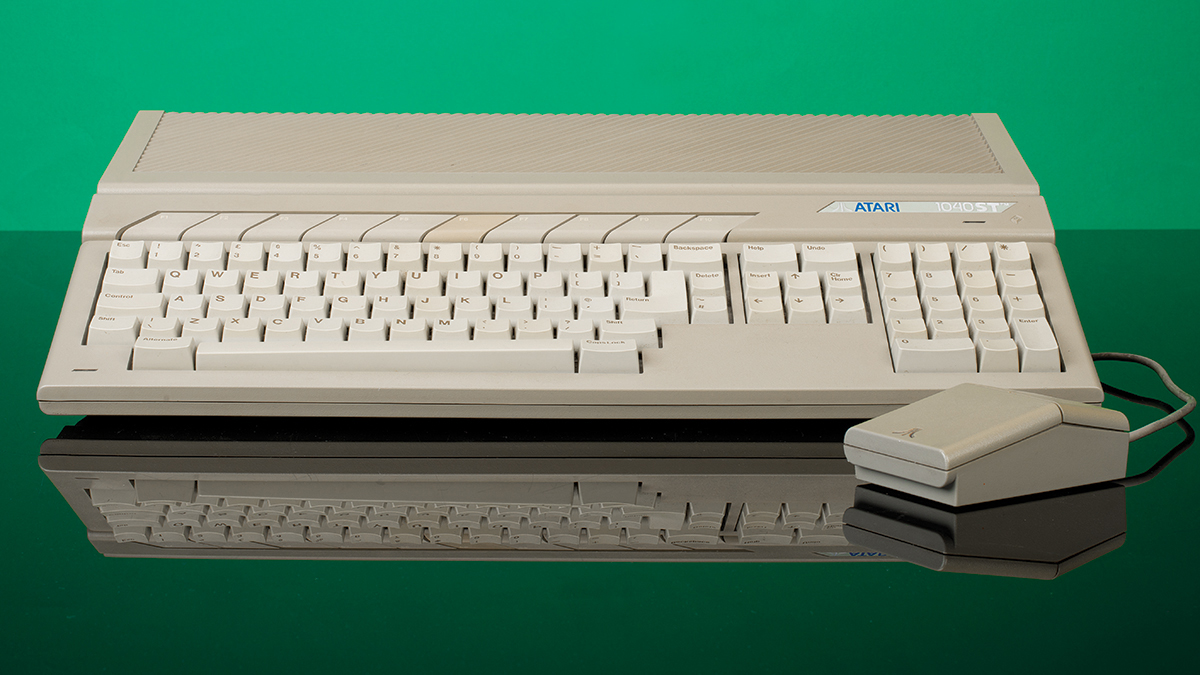
“I worked with Robert Palmer in 1980 and went out to Nassau to co-write a couple of things with him. He was using a really early step sequencer, which was just switches, and I’d never seen that before.
“Within a year of becoming successful, I was already slipping behind on the technology. I wasn’t ahead of the game in terms of sequencing at all and worked with a little band on my record label called Hohokam that was using the Atari before me. I think I tried the one they were using and liked the concept of it.
“Atari made the 520STE and the 1040STE. They were used for sequencing and had a big key thing that you would plug into it that made it all come together, but you needed Steinberg S24 software to run it.”
7. Pro Tools
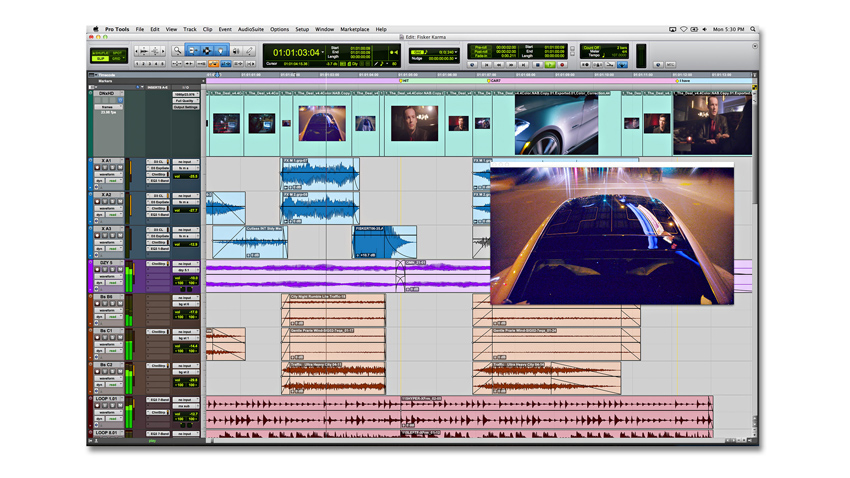
“I was using Logic before Pro Tools. I’ve got a friend called Andy Gray, who did the Big Brother theme and loads of other things, and he Beta tested Pro Tools and really knew it inside out.
“There was I, a bit of a cumbersome amateur using Logic back when it was called C-Lab Notator, and Pro Tools looked so much better.
I’m not a studio boffin.
“Andy had a spare Pro Tools system that he was selling cheap, so I bought it off him. It made sense to me, because I could call him up at any moment and say, why’s it not doing this? [laughs].
“I did love it, but I’m not a studio boffin. Apart from correcting my bad playing, I don’t need Pro Tools to go much beyond that.”
8. Omnisphere 1 and 2
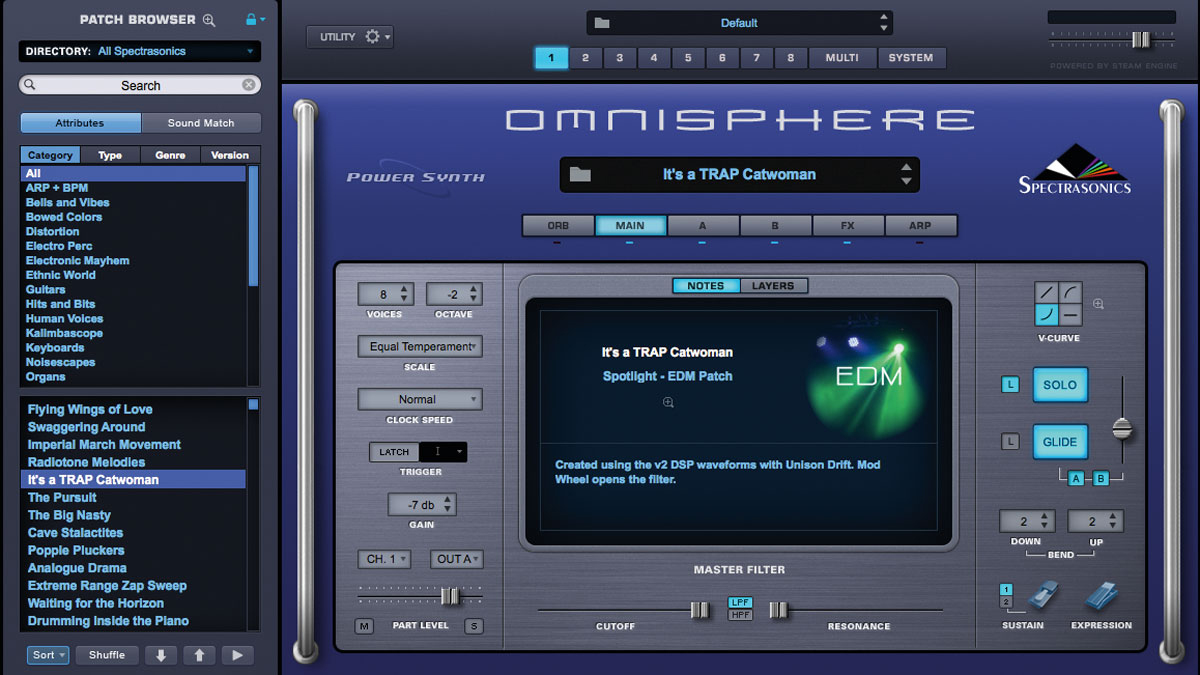
“For me, virtual instruments are the backbone of an album and I thought Spectrasonics’ Atmosphere was groundbreaking.
“It had amazing sounds and it was incredibly easy to manipulate them and adapt them to what you wanted. It completely swung me over to software.
“I had Atmosphere maybe two decades ago, then Omnisphere came along and that was just another huge leap forward. Then Omnisphere 2 came out and, honest to God, you could buy that and not need anything else. It’s a career in a box - it’s that good.
Honest to God, you could buy that and not need anything else.
“I’m being a bit flippant maybe, but there’s so much breadth in terms of the sounds it has and the sounds you can create from scratch, that it would be possible to use it for completely different genres of music.
“It’s a phenomenal sound generator as much as it is a sample re-player.”
9. Alesis Quadrasynth
“It wasn’t thought of very highly and people use to make fun of it, but I actually still use it.
“It’s the only synth I’ve got that’s had any longevity. I’ve got two of them actually, and although I use it as my mother keyboard these days, there are still sounds in it that I use.
There’s a low end bass pulse thing that’s particularly useful.
“There’s a low end bass pulse thing that’s particularly useful, and it’s quite unobtrusive so you can have it pumping underneath and it gives a certain movement to a track without being identifiable.
“There’s also an epic string sound that, again, if you make it part of a layer, adds a tremendous amount of warmth and depth to a string section without it being particularly obvious.”
10. Roland D-50
“I went to a shop and the D-50 had that sound that everyone loved. It was great, but they actually made something called the PG1000 because people were bitching about how difficult it was to programme.
“I never had any trouble with it, but with the PG1000 it was a piece of piss. I had a few D-50s and three or four rackmount D-550s for touring.
That era was probably the point where it got as good as hardware synths were going to get.
“The D-50 came out around the same time as the Korg M1, which has a piano sound called Beauty with a haunting overtone that I still use to this day and drive my producer Ade Fenton mad with.
“That era was probably the point where it got as good as hardware synths were going to get. The M1 was a classic machine in its day, and I never really liked the Yamaha DX-7 or the CS-80."